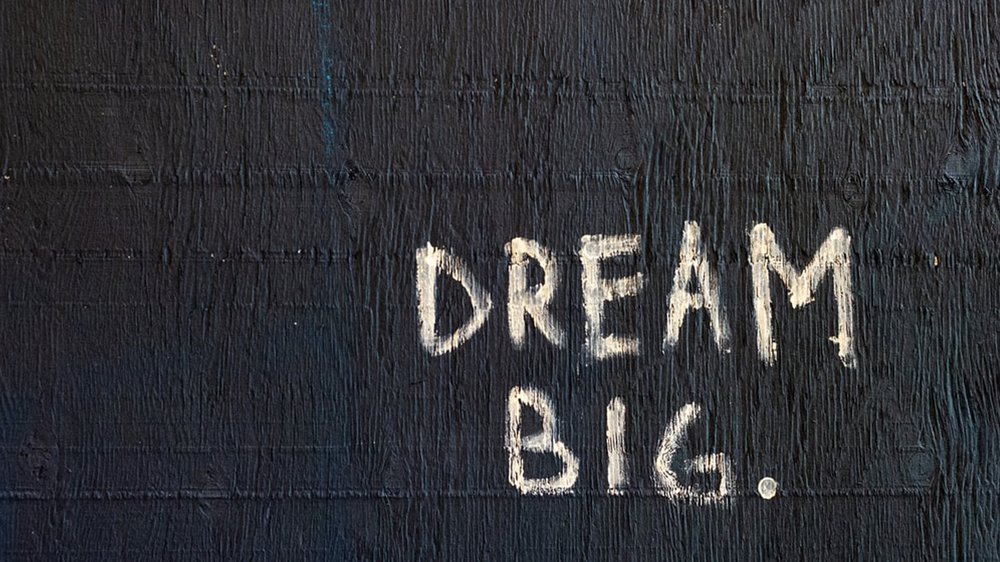Considering the concept of collective effervescence, it is essential that we understand that the low numbers of students graduating with STEM degrees and the high numbers expressing disinterest in these subjects are directly related to the absence of a Dream Culture in our classrooms and the implementation of a dream-deferred approach to STEM instruction. The dream-deferred approach is one that convinces young people that not enjoying science or math or struggling through it is a requirement for working in science, mathematics, or related fields.
The concept of a dream-deferred culture is powerfully captured in a poem by Langston Hughes. In “Harlem (A Dream Deferred),” Hughes laments that unfulfilled dreams will dry up, fester, or crust over. He grieves for dreams that are perpetually delayed until they die. This raises a critical question for all of us: Are dreams really dreams if they are never pursued?
This is what happens when young people, with immense potential to change the world, are derailed from seeing possibilities for themselves because they either are not introduced to the skills they need to find their path, or have a subject presented in such a way that it pushes them away from even wanting to dream. In too many classrooms, this looks like an environment that prematurely stops the joy that creates dreams. Schools that consistently present STEM subjects as a torturous path toward a joy that can only be attained after students have left school are also creating a school where students learn to not like these subjects. The narrative is that students should suffer in science and math classes until they get a job that pays well and that this job and the money it provides will make them happy.
There are a couple of problematic assumptions about this very popular belief. The first is that making money or getting paid well equates to joy. We all know that this is not always the case. There are many people who are in professions that pay well, but who are miserable due to a lack of purpose or passion. The other problematic assumption is that learning STEM subjects should feel like punishment or should be painful. This delaying of the dream in order to see who can withstand rigidity and the absence of joy in STEM classes is not just disheartening—it’s devastating both to individuals and to broader society. Just think of how much potential has been lost at the gratuitous altar of stoicism. Finally, our culture of “winnowing” students—rooted in pushing out a large number of those who are pursuing STEM for the sake of retaining just a few who think only a certain way—is equally destructive to our individual dreams and our collective potential. Learning—and dreaming—in all forms should be encouraged, cultivated, and rewarded.
For far too many young people, the conditions of their classrooms rob them of an opportunity to live STEM dreams. A culture that demands struggle for survival gives little space for the affirmation and experience—the play—they need to activate the genius that lies in wait within them. Yes, a lot of our students hit our doors with deferred dreams. But our overwhelming infatuation with outputs without a consideration for fostering the creative space for the inputs leads to a stifling of discovery, joy, and imagination. We have lost imagination because we no longer dream. And when we don’t dream, we don’t grow.
Dream Culture and collective effervescence offer a new approach to STEM that looks at education in these disciplines not as a subject to pass or fail or as a means to an end, but as a lifelong process. Dream Culture in STEM requires a recognition that we are all learning, dreaming, and becoming—and, yes, this includes the adults in the room. The next step for many of us is to understand that we can create this type of culture through self-excavation and the power of play. These are the tools we can use to bring a Dream Culture back into our schools and back into all students’ lives.
About the author
Christopher Emdin, Ph.D., is the Robert A. Naslund Endowed Chair in Curriculum and Teaching and Professor of Education at the University of Southern California, where he also serves as Director of youth engagement and community partnerships at the USC Race and Equity Center. He previously served as Director of the Science Education program at Teachers College, Columbia University and alumni fellow at the Hip-hop archive and Hutchins Center at Harvard University. The creator of the #HipHopEd social media movement and Science Genius B.A.T.T.L.E.S., Emdin has previously been named Multicultural Educator of the Year by the National Association of Multicultural Educators, STEM Access Champion of Change by the White House and Minorities in Energy Ambassador for the US Department of Energy. He is the author of STEM, STEAM, Make, Dream (Houghton Mifflin Harcourt), Ratchetdemic (Beacon Press), and For white folks who teach in the hood … and the rest of y’all too (Beacon Press).
This preceding is an excerpt from STEM, STEAM, Make, Dream: Reimagining the Culture of Science, Technology, Engineering, and Mathematics










